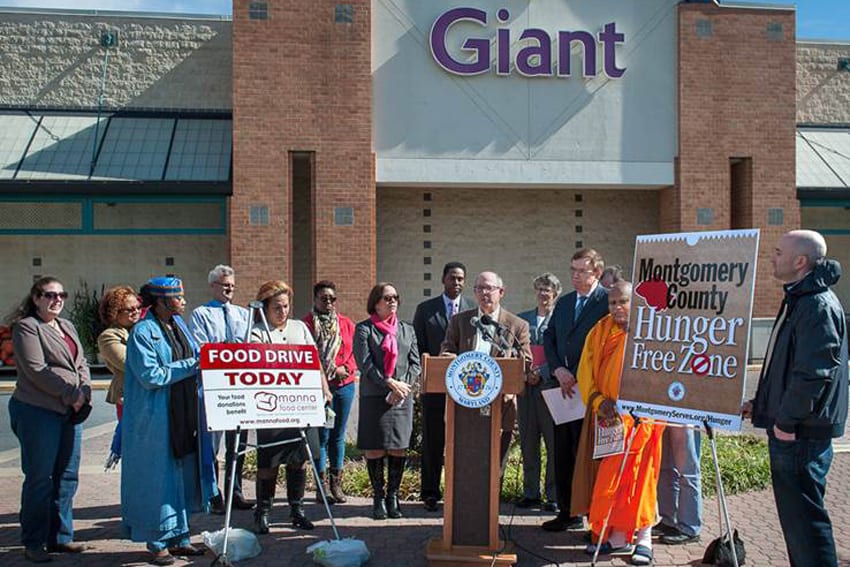Looking at Hunger ‘With New Eyes’
By Andy Burness, April 16, 2014

Burness
This op-ed originally appeared on April 16 in the Montgomery County, MD Gazette
Brazil’s fourth largest city, Belo Horizonte, with 2.5 million people, has accomplished what we have been unable to do in America: end hunger. A former city official there says, “It is easy to end hunger if we are willing to break free of limiting frames and to see with new eyes.”
In Montgomery County, one of the nation’s wealthiest counties, we face our own challenge with hunger. More than one in three children in county schools qualifies for free and reduced meals. Fifteen percent of county children live in “food insecure” households, uncertain where their next meal is coming from.
And, we’ve had a 150 percent increase in county residents receiving supplemental nutrition (“food stamp”) benefits in the last five years. Simply said, healthy kids learn and unhealthy kids don’t.
It’s not just children who lack access to food. Funding for the County Senior Food Program has remained unchanged since 2011, while seniors within the program have increased by 25 percent.
Working closely with the Community Foundation and some of the County’s leading food providers—including Manna and Nourish Now—has led me to three principles that might be a starting point for the game-changing progress that is within our reach.
First, we need a 21st century solution based on collaboration among all the existing food providers and the agencies and groups that support them. Our antiquated model makes too little use of technology to link providers and those who need the food, and it involves nearly 50 different organizations housing and distributing food, with 50 different overheads, working out of 50 different locations—generally unconnected with each other. This is a countywide problem that demands a countywide approach.
Second, our outdated operations are based on purchasing food rather than recovering it. Perfectly good food that goes uneaten in grocery stores, and at restaurants, parties, and cafeterias is thrown out. In 2012 alone, 50 million pounds of fresh food was wasted in Montgomery County, with $1.5 million spent on disposing of this healthy food that belonged on people’s kitchen tables. The challenge is not about producing more food. We have plenty of it. The county has a pioneering food recovery program. It needs to expand.
Third, any solution must be sustainable. Solving hunger in this county cannot be contingent on favorable economic conditions. Planning must have more foresight than this quarter or this year. We can have small, but sizable wins along the road to the dramatic change we seek.
We’ll know we’re succeeding when fewer people are hungry, with fewer organizations involved, working collaboratively, sharing resources, staff, data and technology.
Our county must tackle food insecurity very differently, involving a business sector that steps up complement the pioneering work of our elected leadership and the demonstrated passion and excellence of our nonprofit sector.
If a city twice the size of our county in a less prosperous country can end hunger, why can’t we take the first steps on our own journey here in Montgomery County?
